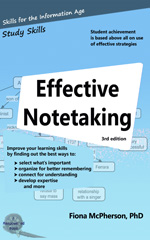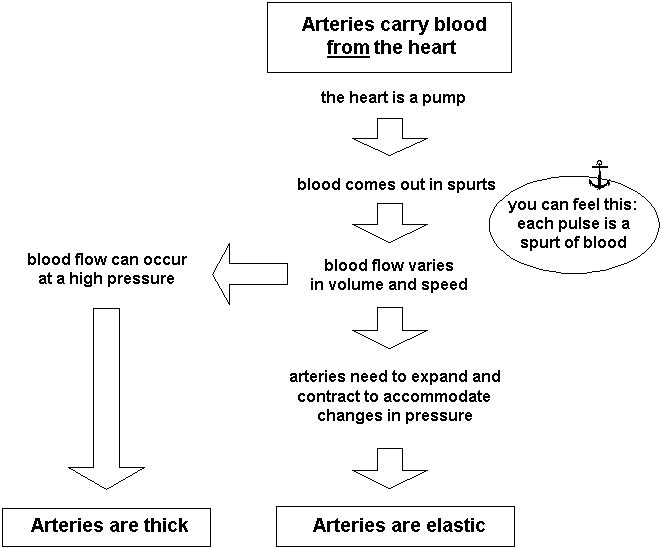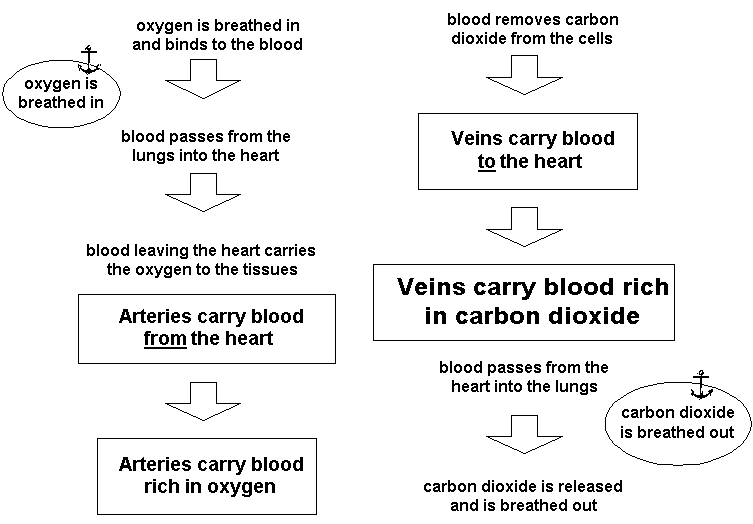Why good readers might have reading comprehension difficulties and how to deal with them
The limitations of working memory have implications for all of us. The challenges that come from having a low working memory capacity are not only relevant for particular individuals, but also for almost all of us at some points of our lives. Because working memory capacity has a natural cycle — in childhood it grows with age; in old age it begins to shrink. So the problems that come with a low working memory capacity, and strategies for dealing with it, are ones that all of us need to be aware of.
Today, I want to talk a little about the effect of low working memory capacity on reading comprehension.
A recent study involving 400 University of Alberta students found that 5% of them had reading comprehension difficulties. Now the interesting thing about this is that these were not conventionally poor readers. They could read perfectly well. Their problem lay in making sense of what they were reading. Not because they didn’t understand the words or the meaning of the text. Because they had trouble remembering what they had read earlier.
Now these were good students — they had at least managed to get through high school sufficiently well to go to university — and many of them had developed useful strategies for helping them with this task: highlighting, making annotations in the margins of the text, and so on. But it was still very difficult for them to get hold of the big picture — seeing and understanding the text as a whole.
This is more precisely demonstrated in a very recent study that required 62 undergraduates to read a website on the taxonomy of plants. Now this represents a situation that is much more like a real-world study scenario, and one that has, as far as I know, been little studied: namely, drawing together information from multiple documents.
In this experiment, the multiple documents were represented by 24 web pages. Each page discussed a different part of the plant taxonomy. The website as a whole was organized according to a four-level hierarchical tree structure, where the highest level covered the broadest classes of plants (“Plants”), and the lowest, individual species. However — and this is the important point — there was no explicit mention of this organization, and you could navigate only one link up or down the tree, not sideways. Participants entered the site at the top level.
After pretesting, to assess WMC and prior plant knowledge, the students were given 18 search questions. Participants were asked both to read the site and answer the questions. They were given 25 minutes to do so, after which they completed a post-test similar to their pre-test of prior knowledge: (1) placing the eight terms found in the first three levels on the hierarchical tree (tree construction task); (2) selecting the correct two items from a list of five, that were subordinates to a given item (matching task).
Neither WMC nor prior knowledge affected performance on the search task. Neither WMC nor prior knowledge (nor indeed performance on the search task) directly affected performance on the post-test matching task, indicating that learning simple factual knowledge is not affected by your working memory capacity or how much relevant knowledge you have (remember though, that this was a very simple and limited amount of new knowledge).
But, WMC did significantly affect understanding of the hierarchical structure (assessed by the tree construction task). Prior knowledge did not.
These findings don’t only tell us about the importance of WMC for seeing the big picture, they also provide some evidence of what underlies that, or at least what doesn’t. The findings that WMC didn’t affect the other tasks argues against the idea that high WMC individuals may be benefiting from a faster reading speed, or that they are better at making local connections, or that they can cope better at doing multiple tasks. WMC didn’t affect performance on the search questions, and it didn’t affect performance on the matching task, which tested understanding of local connections. No, the only benefit of a high WMC was in seeing global connections that had not been made explicitly.
Let’s go back to the first study for a moment. Many of the students having difficulties apparently did use strategies to help them deal with their problem, but their strategy use obviously wasn’t enough. I suspect part of the problem here, is that they didn’t really realize what their problem was (and you can’t employ the best strategies if you don’t properly understand the situation you’re dealing with!).
This isn’t just an issue for people who lack the cognitive knowledge and the self-knowledge (“metacognition”) to understand their intrinsic problem. It’s also an issue for adults whose working memory capacity has been reduced, either through age or potentially temporary causes such as sleep deprivation or poor health. In these cases, it’s easy to keep on believing that ways of doing things that used to work will continue to be effective, not realizing that something fundamental (WMC) has changed, necessitating new strategies.
So, let’s get to the burning question: how do you read / study effectively when your WMC is low?
The first thing is to be aware of how little you can hold in your mind at one time. This is where paragraphs are so useful, and why readability is affected by length of paragraphs. Theoretically (according to ‘best practice’), there should be no more than one idea per paragraph. The trick to successfully negotiating the hurdle of lengthy texts lies in encapsulation, and like most effective strategies, it becomes easier with practice.
Rule 1: Reduce each paragraph to as concise a label as you can.
Remember: “concise” means not simply brief, but rather, as brief as it can be while still reminding you of all the relevant information that is encompassed in the text. This is about capturing the essence.
Yes, it’s an art, and to do it well takes a lot of practice. But you don’t have to be a master of it to benefit from the strategy.
The next step is to connect your labels. This, of course, is a situation where a mind map-type strategy is very useful.
Rule 2: Connect your labels.
If you are one of those who are intimidated by mind maps, don’t be alarmed. I said, “mind map-type”. All you have to do is write your labels (I call them labels to emphasize the need for brevity, but of course they may be as long as a shortish sentence) on a sheet of paper, preferably in a loose circle so that you can easily draw lines between them. You should also try to write something by these lines, to express your idea of the connection. These labels will also provide a more condensed label for the ideas being connected. You can now make connections between these labels and the others.
The trick is to move in small steps, but not to stay small. Think of the process as a snowball, gathering ideas and facts as it goes, getting (slowly) bigger and bigger. Basically, it’s about condensing and connecting, until you have everything densely connected, and the information getting more and more condensed, until you see the whole picture, and understand the essence of it.
Another advantage of this method is that you will have greatly increased your chances of remembering it in the long-term!
In a situation similar to that of the second study — assorted web pages — you want to end up with a tight cluster of labels for each page, the whole of which is summed up by one single label.
What all this means for teachers, writers of text books, and designers of instructional environments, is that they should put greater effort into making explicit global connections — the ‘big picture’.
A final comment about background knowledge. Notwithstanding the finding of the second study that there was no particular benefit to prior knowledge, the other part of this process is to make connections with knowledge you already have. I’d remind you again that that study was only testing an extremely limited knowledge set, and this greatly limits its implications for real-world learning.
I have spoken before of how long-term memory can effectively increase our limited WMC (regardless of whether your WMC is low or high). Because long-term memory is essentially limitless. But information in it varies in its accessibility. It is only the readily accessible information that can bolster working memory.
So, there are two aspects to this when it comes to reading comprehension. The first is that you want any relevant information you have in LTM to be ‘primed’, i.e. reading and waiting. The second is that you are obviously going to do better if you actually have some relevant information, and the more the better!
This is where the educational movement to ‘dig deep not broad’ falls down. Now, I am certainly not arguing against this approach; I think it has a lot of positive aspects. But let’s not throw out the baby with the bathwater. A certain amount of breadth is necessary, and this of course is where reading truly comes into its own. Reading widely garners the wide background knowledge that we need — and those with WMC problems need in particular — to comprehend text and counteract the limitations of working memory. Because reading widely — if you choose wisely — builds a rich database in LTM.
We say: you are what you eat. Another statement is at least as true: we are what we read.
Press release on the first study (pdf, cached by Google)
Second study: Banas, S., & Sanchez, C. a. (2012). Working Memory Capacity and Learning Underlying Conceptual Relationships Across Multiple Documents. Applied Cognitive Psychology, n/a-n/a. doi:10.1002/acp.2834


